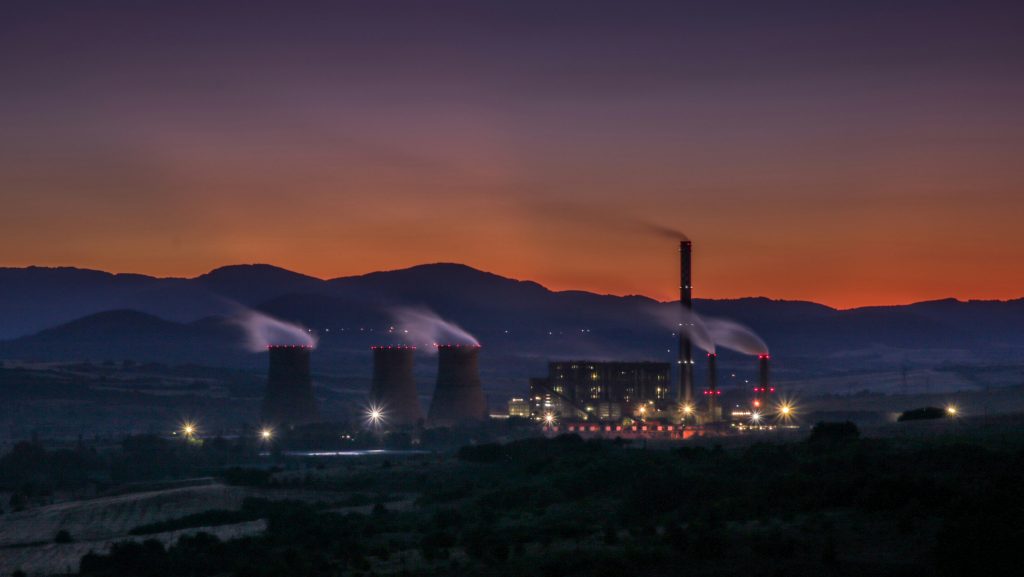What is ISO 14064? In the contemporary world, the emphasis on environmental sustainability is greater than ever before. Organizations are increasingly seeking ways to reduce their environmental impact and demonstrate their commitment to sustainability. One critical tool aiding this endeavor is the ISO 14064 standard. This article delves into the ISO 14064 standard, explaining its…
Category Archives: Greenhouse Gas Inventory
Introduction In the fight against climate change, achieving carbon neutrality stands as a critical milestone for organizations worldwide. Carbon neutrality means balancing emitted carbon with an equivalent amount removed from the atmosphere, essentially reducing the net carbon emissions to zero. In response to this urgent need, the United Kingdom developed PAS 2060 by the British…
Introduction Climate change poses one of the most significant global challenges of our time, threatening ecosystems, human health, and economies around the world. Central to understanding and combating climate change is the use of Greenhouse Gas (GHG) Inventories—a systematic way to measure the emission of gases that trap heat in the atmosphere, contributing to global…
International Greenhouse Gas Inventories The Paris Agreement and the United Nations Framework Convention on Climate Change (UNFCCC) play important roles in guiding national inventory submissions and global climate action. The Paris Agreement, a landmark international treaty adopted by 196 countries at the UN Climate Change Conference in Paris in 2015, sets ambitious goals to combat…
Introduction to Greenhouse Gas First off, let’s break down what we mean by GHG emissions. Think of these as the not-so-friendly gases that trap heat in our atmosphere, leading to global warming. The usual suspects include carbon dioxide (CO2), methane (CH4), and nitrous oxide (N2O), among others. These gases come from all sorts of activities,…











